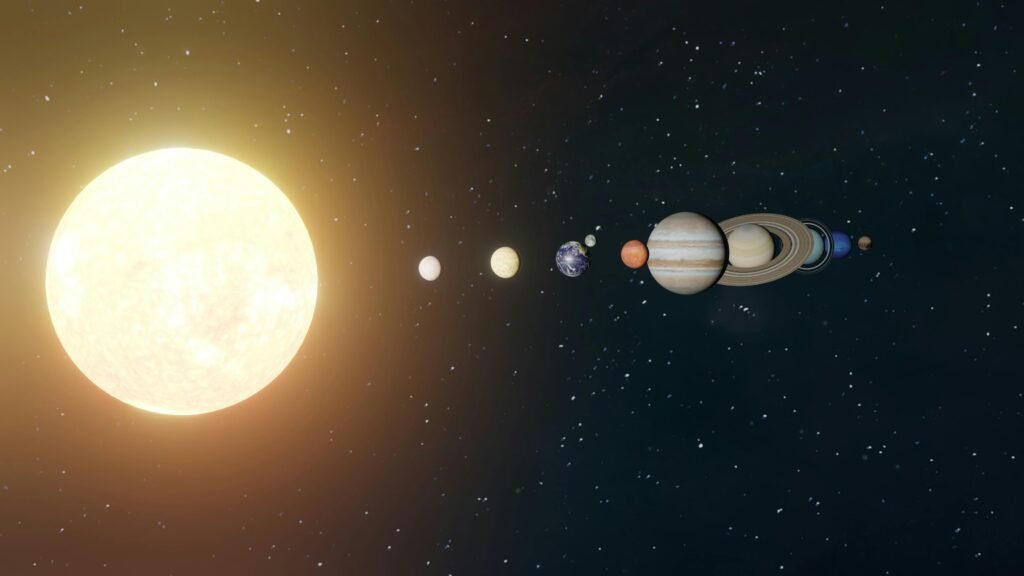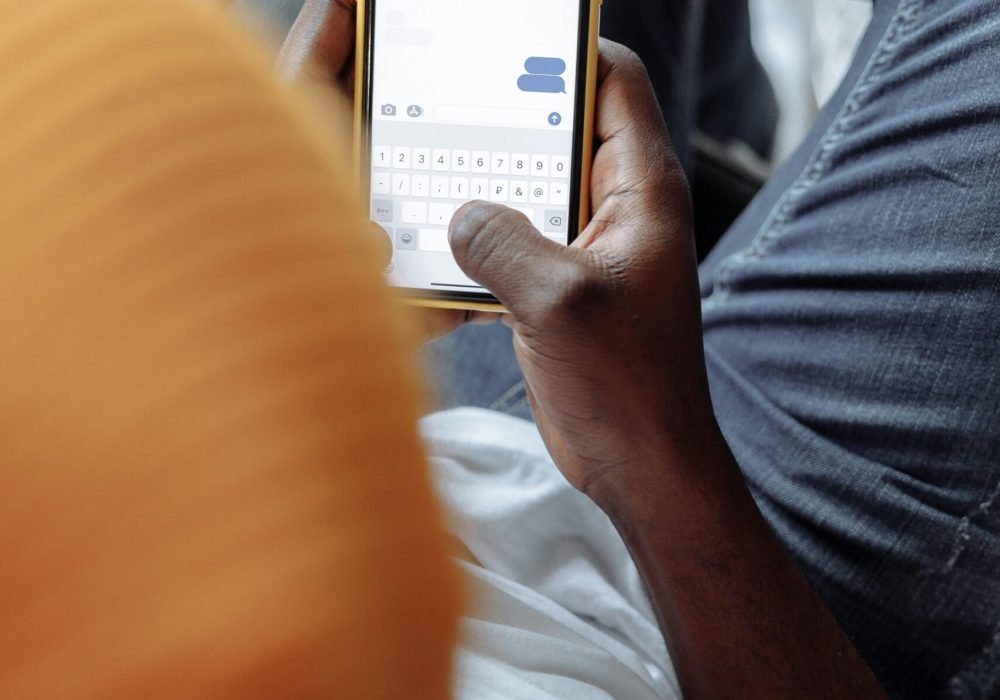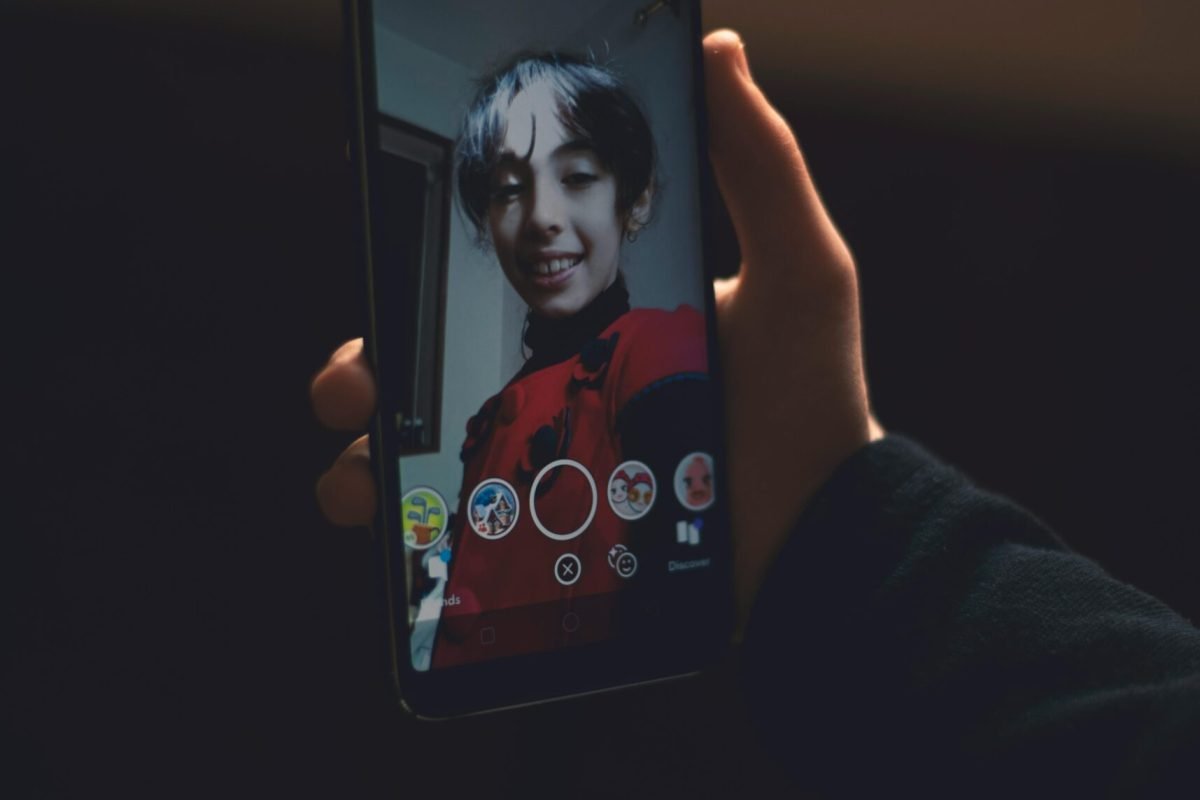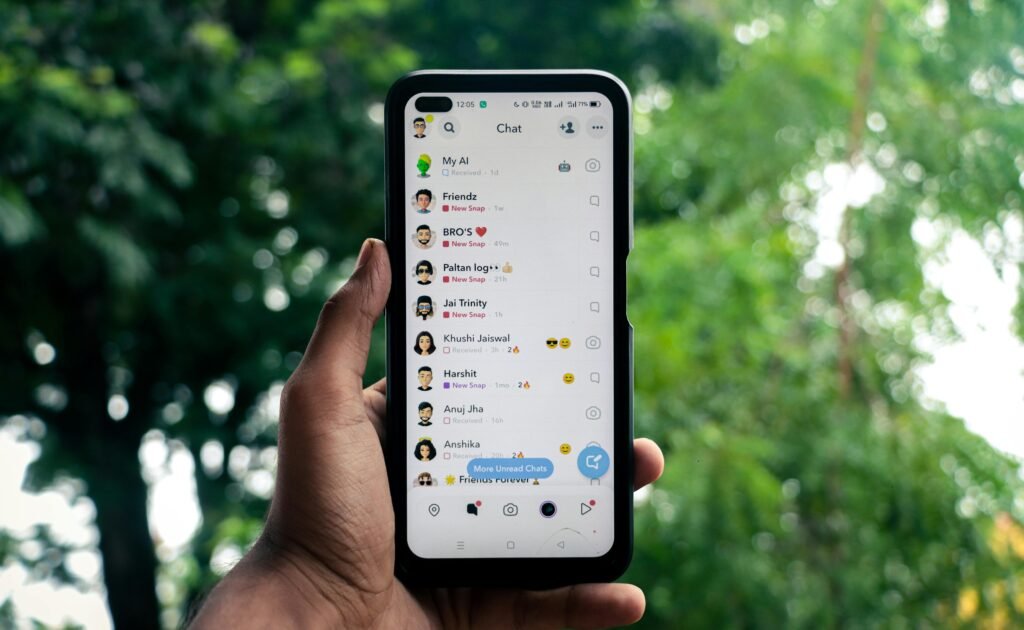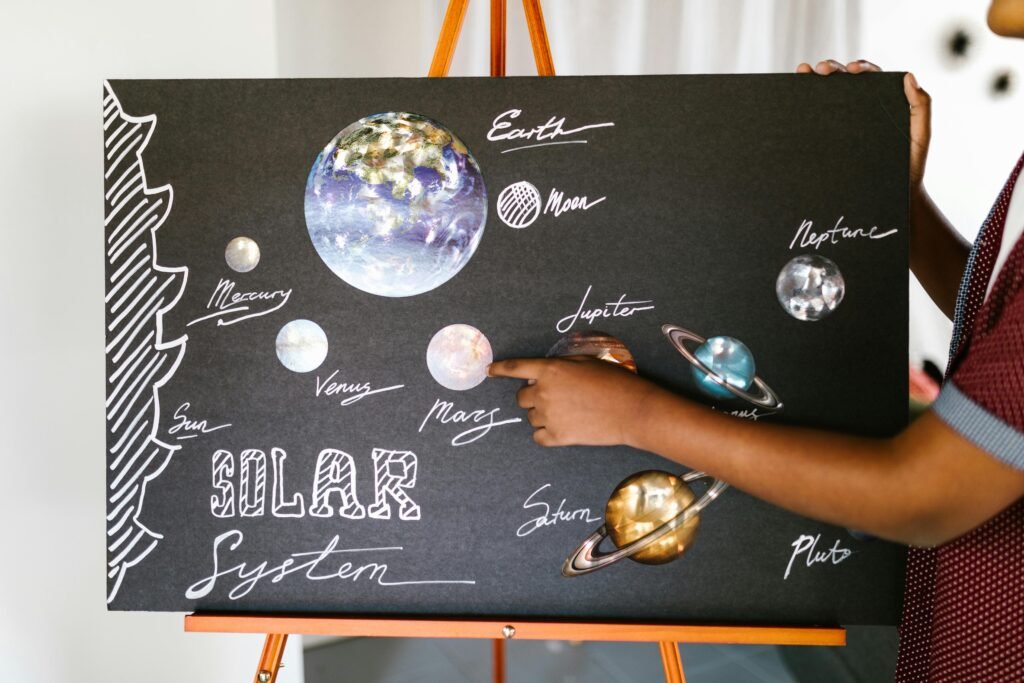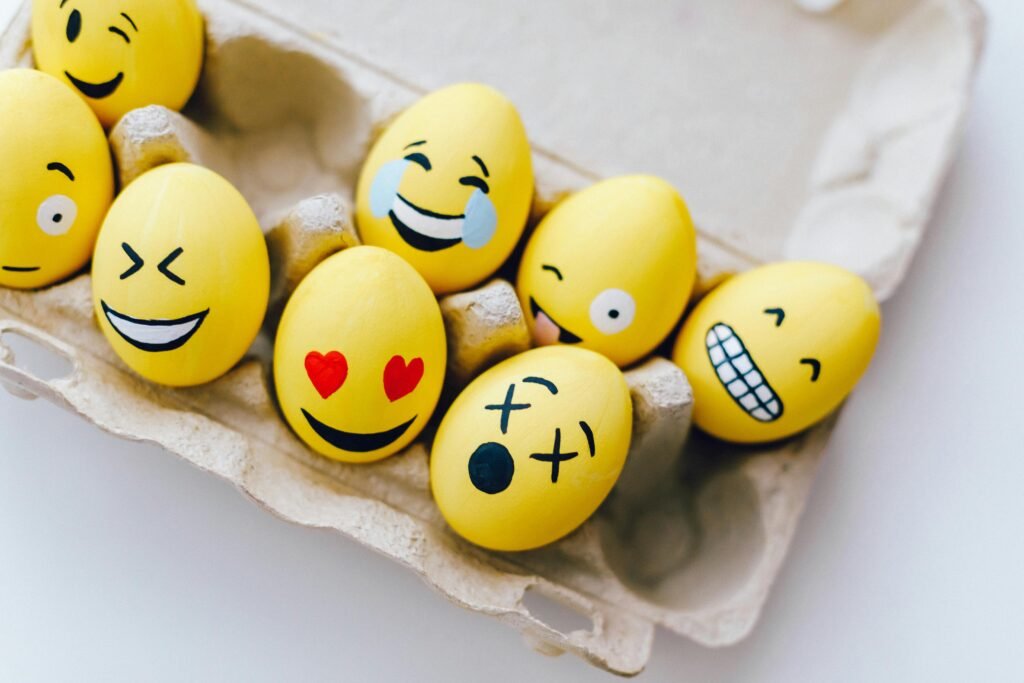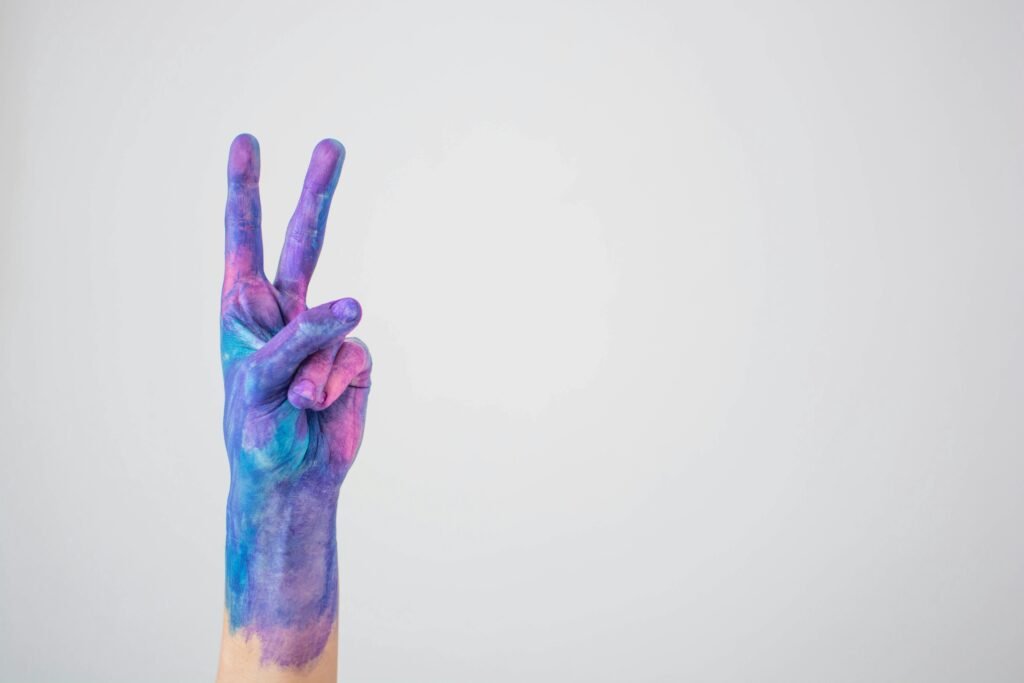
The peace sign emoji (✌️) on Snapchat is a distinctive feature that appears next to certain group chats, sparking curiosity among users. This guide dives deep into the meaning of the Snapchat peace sign emoji, how it functions, and actionable steps to earn it for your group chats. By understanding its purpose and the underlying mechanics, you can optimize your Snapchat experience and strengthen your social connections.
Understanding the Snapchat Peace Sign Emoji
The peace sign emoji on Snapchat is a visual indicator that highlights your most active and engaged group chats. When it appears next to a group’s name on the chat screen, it signifies that the group is one of your top social circles based on interaction levels. Unlike other emojis like the heart (❤️) for best friends or the fire (🔥) for Snapstreaks, the peace sign is exclusively used for group chats, marking them as favorites and prioritizing them in your chat list for easy access.
This emoji reflects Snapchat’s algorithm, which evaluates user engagement through metrics like the frequency of Snaps, messages, stickers, and time spent viewing group content. It’s not about group size or popularity but rather the quality and consistency of interactions within the group. For Snapchat Plus subscribers, the peace sign also serves as the default post-view emoji, appearing next to a friend or group’s name after viewing their Snap, adding another layer of functionality.
Why the Peace Sign Matters
The peace sign emoji enhances user experience by organizing your chat list efficiently. Groups with this emoji automatically move to the top of your chat screen, just below pinned Best Friends, making it easier to stay connected with your most active circles. It symbolizes unity, engagement, and meaningful connections, encouraging users to maintain lively and positive group interactions.
How Snapchat Assigns the Peace Sign Emoji
Snapchat’s algorithm for assigning the peace sign emoji is not publicly detailed, but patterns suggest it prioritizes sustained, high-quality engagement. Here’s a breakdown of the key factors that likely influence its appearance:
- Frequent Interactions: Sending Snaps, messages, photos, GIFs, or stickers regularly within the group increases activity levels. The more content shared, the more likely the group is to be flagged as a favorite.
- Quality Engagement: Lively, meaningful conversations that keep members engaged matter more than idle chatter. Topics that spark responses and replies contribute significantly.
- Time Spent in Group: Snapchat tracks time spent viewing Snaps, replies, or stories within the group, emphasizing active participation over passive membership.
- Recurring Activity: Consistent engagement over time, rather than sporadic bursts, signals a strong connection to the group.
- Inclusion of Active Users: Groups with “power users” (highly active Snapchat friends) may be prioritized, as their activity boosts overall group engagement.
Unlike the heart emoji for individual best friends, which requires mutual interaction, the peace sign is based solely on your engagement with the group, not the group’s overall activity or size. Smaller, tight-knit groups often earn the peace sign more easily than large, less personal ones.
How to Get the Peace Sign Emoji on Your Snapchat Group
Earning the peace sign emoji requires proactive and consistent participation. While Snapchat doesn’t specify an exact timeline or criteria, the following strategies can increase your chances of seeing the emoji next to your group chat:
1. Actively Participate in Conversations
Engage regularly by sending messages, replying to others, and contributing to discussions. Avoid one-word responses or generic replies; instead, share thoughtful comments, questions, or humor to keep the conversation dynamic.
2. Share Diverse Content
Send a variety of Snaps, including photos, videos, stickers, or GIFs, to boost group activity. Personalized Snaps, like those reacting to group events or inside jokes, are particularly effective. Sharing Snapchat Stories or clips directly to the group can also enhance engagement.
3. Include Your Best Friends
Create or join groups with your Snapchat Best Friends, as their high activity levels can amplify the group’s overall engagement. The algorithm may prioritize groups with users you frequently interact with elsewhere on the platform.
4. Maintain Consistent Activity
Engage with the group daily or near-daily to demonstrate sustained interest. Even small actions, like reacting to a Snap or commenting on a shared story, contribute to your engagement score.
5. Keep Conversations Light and Fun
Focus on positive, engaging topics that encourage group participation. Avoid controversial or negative discussions, as the peace sign is meant to reflect harmony and unity within the group.
6. Leverage Snapchat Plus Features
If you’re a Snapchat Plus subscriber, customize your post-view emoji to make your interactions stand out. While the peace sign is the default, choosing a unique emoji can add a personal touch to your group contributions.
By implementing these strategies, you can increase the likelihood of earning the peace sign emoji, though the exact timing depends on Snapchat’s algorithm and your engagement patterns.
The Peace Sign Emoji for Snapchat Plus Subscribers
For Snapchat Plus subscribers, the peace sign emoji has an additional role as the default post-view emoji. When you send a Snap to a friend or group, and they view it, the peace sign appears next to the “Received” label in their chat feed. This feature distinguishes Snapchat Plus users and adds a visual flair to their interactions. Subscribers can customize this emoji, choosing alternatives like a heart or star to reflect their personality.
This dual functionality—marking top groups and indicating viewed Snaps—makes the peace sign a versatile tool for premium users. It also serves as a subtle signal to others that you’re a Snapchat Plus member, enhancing your presence on the platform.
Common Misconceptions About the Snapchat Peace Sign
Several myths surround the peace sign emoji, leading to confusion among users. Here are some clarifications:
- It’s Not About Group Size: The peace sign doesn’t depend on how many members are in the group. A small group with frequent, meaningful interactions is more likely to earn it than a large, inactive one.
- It’s Not Competitive: Groups aren’t ranked against each other. The emoji reflects your personal engagement with a group, not its popularity compared to others.
- It’s Not Permanent: The peace sign can disappear if your engagement drops. Consistent activity is required to maintain it.
- It’s Not the Same as Other Emojis: Unlike the heart emoji for best friends or the fire emoji for Snapstreaks, the peace sign is unique to group chats and doesn’t indicate mutual interaction.
Understanding these nuances helps users focus on genuine engagement rather than chasing the emoji for status.
The Cultural Significance of the Peace Sign Emoji
The peace sign emoji (✌️) carries broader cultural connotations beyond Snapchat. Originating as a hand gesture symbolizing victory and unity during World War II, it became a global emblem of peace and non-violence during the 1970s anti-war movements. On Snapchat, it aligns with these themes, representing harmony and strong social bonds within group chats.
In digital communication, the peace sign can also convey casual agreement, a friendly goodbye, or playful sarcasm, depending on context. On Snapchat, its primary role is functional, but its symbolic weight adds a layer of positivity to group interactions, encouraging users to foster supportive and inclusive environments.
This diagram outlines the key factors—frequent interactions, quality engagement, time spent, and consistent activity—that contribute to earning the peace sign emoji. Each step represents a criterion Snapchat’s algorithm likely evaluates.
Tips to Maintain the Peace Sign Emoji
Once you’ve earned the peace sign emoji, maintaining it requires ongoing effort. Here are additional tips to keep your group at the top of your chat list:
- Set Reminders: Schedule daily check-ins to engage with the group, even if it’s a quick Snap or message.
- Use Group Features: Leverage Snapchat’s group features, like shared Stories or voice notes, to keep interactions fresh.
- Encourage Group Participation: Prompt other members to contribute by asking questions or sharing content that invites responses.
- Monitor Engagement: If the peace sign disappears, increase your activity to regain it, focusing on consistent, meaningful interactions.
By staying active and fostering a vibrant group dynamic, you can ensure the peace sign remains a fixture in your Snapchat experience.
Conclusion
The Snapchat peace sign emoji is more than a decorative icon—it’s a marker of your most engaged group chats, reflecting strong social connections and active participation. By understanding how Snapchat’s algorithm evaluates group activity and implementing strategies like frequent Snaps, quality conversations, and consistent engagement, you can earn and maintain this coveted emoji. For Snapchat Plus subscribers, its role as a post-view emoji adds further value, enhancing both functionality and personalization. Focus on building meaningful interactions, and the peace sign will naturally highlight your favorite groups, making your Snapchat experience more organized and enjoyable.

